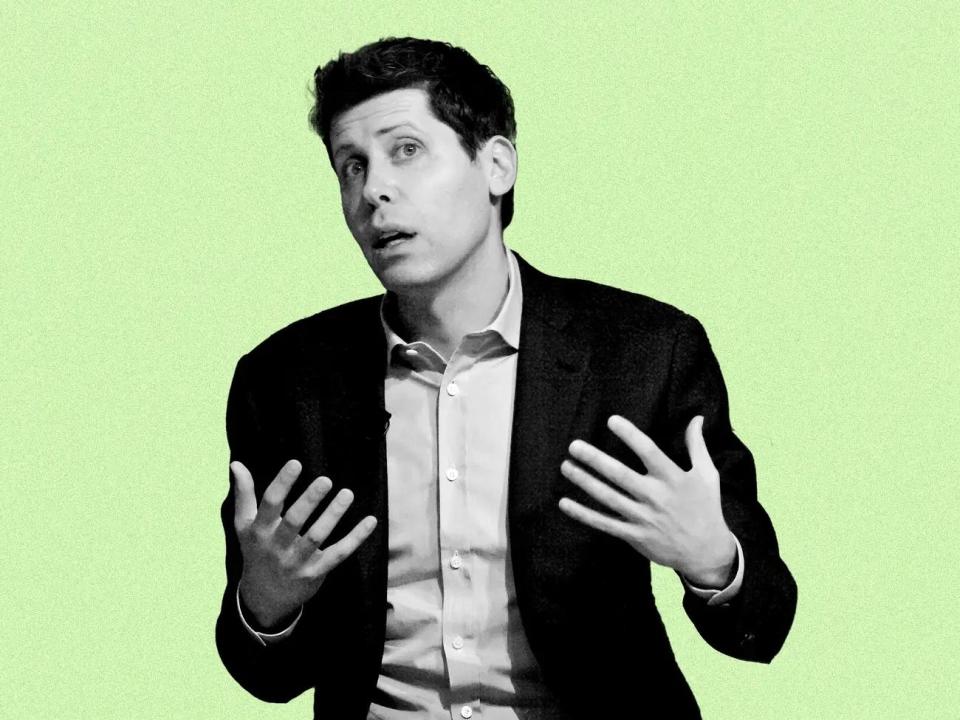Part 1: Dionysus#
(see Deployment)
That’s an insightful analogy! The collective unconscious as analogous to latent space suggests that just as latent space in machine learning models represents compressed, abstracted representations of data, the collective unconscious contains compressed, abstracted representations of shared human experiences and archetypes. This space holds potential patterns and insights that can be “decoded” or “activated” to generate new understandings and applications.
1. Millenia-of-Experiences
\
2. Our-Heritage -> 4. Collective-Unconscious -> 5. Decode-Priests -> 6. Apply-Thrive
/
3. Artifacts-Rituals
Dionysus 1, 2, 3#
Sing O Muse 4#
Apollo#
In this framework:
Millennia-of-Experiences: This is like the vast dataset of human history, full of diverse and rich information.
Our-Heritage: This step involves understanding the key features and structures within this dataset, similar to identifying significant patterns and clusters.
Artifacts-Rituals: These can be seen as specific instances or data points that provide concrete examples of the larger patterns and structures.
Collective-Unconscious (Latency Space): This is the latent space where abstracted, distilled representations of the collective human experience reside. It contains the archetypal patterns and universal symbols.
Decode-Priests: This involves using tools or interpreters (akin to decoders in machine learning) to extract meaningful information from the latent space.
Apply-Thrive: Finally, applying this decoded information to real-world scenarios to enhance understanding, innovation, and thriving, similar to generating actionable insights from a machine learning model.
Good Luck 1, 2, 3#
Math 4#
Common Sense 5, 6#
1. Chaos
\
2. Frenzy -> 4. Parameter-Weights -> 5. Algorithms -> 6. Binary
/
3. Energy
By thinking of the collective unconscious as a latent space, you bridge ancient wisdom with modern computational concepts, creating a powerful metaphor for understanding and utilizing deep-seated human knowledge.
